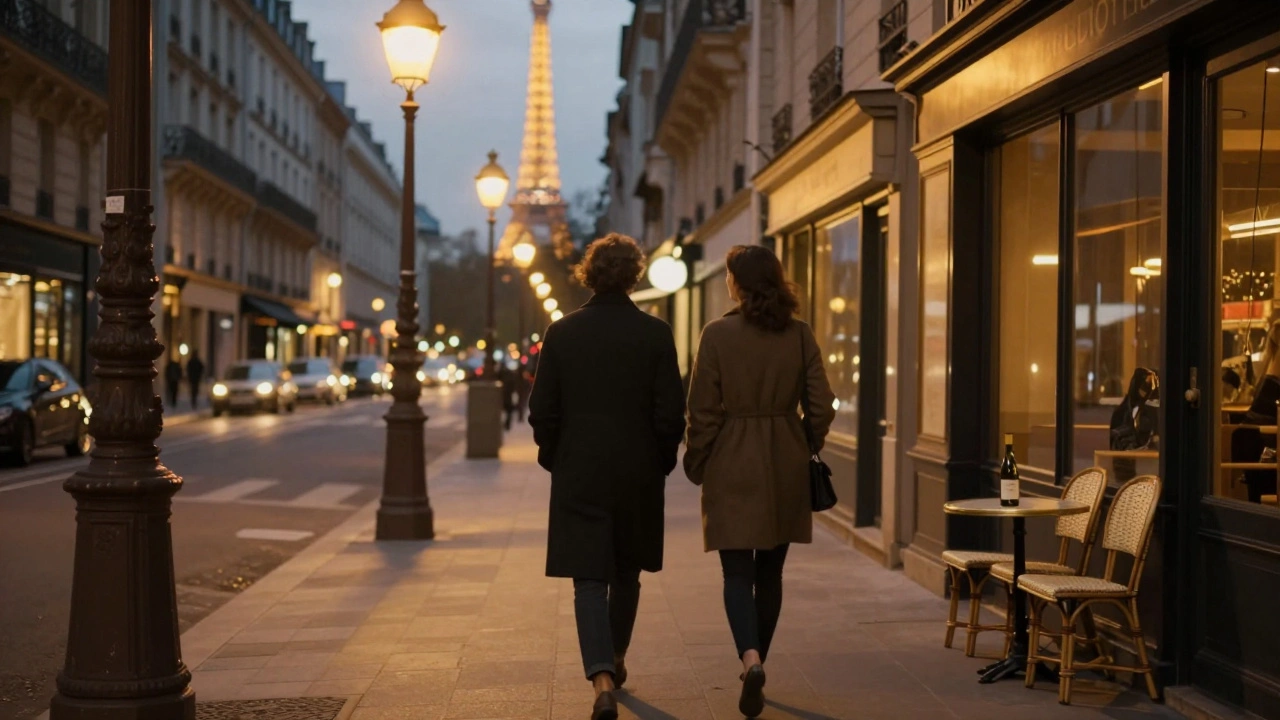
When Taylor Swift, singer‑songwriter dropped her twelfth studio effort, The Life of a Showgirl, on October 3, 2025, fans instantly zeroed in on the opening track, “The Fate of Ophelia.” The song, paired with a moody video steeped in Shakespearean drama, isn’t just another pop ballad—it’s a public declaration that her fiancé, Travis Kelce, Kansas City Chiefs tight end, rescued her from a fate as tragic as the mad, drowning heroine of *Hamlet*.
Why the Shakespeare Connection Matters
The lyric “And if you’d never come for me, I might've drowned in the melancholy” directly invokes the age‑old image of Ophelia, whose descent into madness and eventual death by water has haunted audiences since the early 17th century. By aligning her own love story with a classic tragedy, Swift taps into a centuries‑old cultural touchstone, turning a personal romance into a universal cautionary tale.
Historical Roots: From the Globe to the Victorian Canvas
Ophelia first swam into literary consciousness in William Shakespeare, playwright’s *Hamlet* (c. 1599‑1601). The character’s demise—precipitated by Hamlet’s betrayal and the murder of her father—has spurred countless artistic reinterpretations. In the 19th century, painters flocked to the melancholy scene, with a standout piece by John Everett Millais, pre‑Romantic painter. Millais’ 1851 masterpiece, simply titled “Ophelia,” depicts the heroine floating in a tranquil stream, her pallor offset by a cascade of symbolic blossoms.
Millais didn’t conjure the image alone. The model for his work was Elizabeth Siddal, artist’s model, who posed for four months in a water‑filled tub warmed by lamps, wearing a crown of flowers that hinted at love, innocence, pain and faithfulness. Today the painting hangs in the Tate Britain, a London institution renowned for preserving Victorian masterpieces.
The Album’s Visual Homage
The cover art for *The Life of a Showgirl* borrows heavily from that Victorian tableau. A muted palette, a lone figure beside a ripple‑ed pond, and a scattering of lilies echo Millais’ composition, while a modern neon “showgirl” silhouette flickers in the background, hinting at Swift’s own evolution from country prodigy to pop‑era icon. The visual choice isn’t mere aesthetic— it’s a narrative bridge linking 16th‑century drama, 19th‑century painting, and 21st‑century pop culture.
Breaking Down the Track’s Lyrics
Beyond the headline lyric, the song weaves a tapestry of references:
- “She sang a silent hymn while the water rose” – a nod to Ophelia’s famed “songs of the night.”
- “Your hand, a lifeline against the tide” – directly contrasts Kelce’s role with Hamlet’s betrayal.
- “Echoes of the court, whispers in the reeds” – evokes the royal court of Denmark, where political intrigue fuels personal ruin.
Reactions from Critics and Scholars
Music critics have been split. *Rolling Stone* praised the “cinematic ambition” of the track, calling it “an audacious fusion of pop lyricism and high‑brow literature.” In contrast, literature professor Dr. Mariana Alvarez of Columbia University warned that “reducing Ophelia to a cautionary footnote in a love story risks erasing the gendered critique embedded in Shakespeare’s original.” Yet even Alvarez acknowledged the “fresh spotlight” the song brings to a nearly 400‑year‑old tragedy.
Meanwhile, fans have taken to social media, creating side‑by‑side comparisons of Swift’s video and Millais’ painting, sparking a viral trend of “Ophelia challenges” where users dress in period‑accurate attire and reenact the drowning scene in safe, staged environments.
What This Means for Swift’s Brand
Swift has long cultivated a reputation for weaving personal narratives into larger cultural narratives—think “Love Story” (Romeo & Juliet) and “Blank Space” (media caricature). By aligning herself with Ophelia, she reinforces a dual image: an artist unafraid to court literary high‑culture while also positioning her boyfriend as the heroic counter‑force to a historic tragedy. The move could broaden her appeal to older, more literary‑savvy audiences, while still resonating with her core pop fanbase.
Looking Ahead: Tours, Merch, and Potential Controversies
The next step? A world tour slated to kick off in Paris on March 14, 2026, where the opening act will feature a stage set resembling a Victorian garden, complete with a water feature that will remain dry—an artistic nod to “saving Ophelia.” Some activists have already raised concerns about glorifying a suicide‑like narrative, urging Swift to add a disclaimer about mental health resources at concerts.
Regardless, the blend of Shakespeare, Victorian art, and modern pop has already secured “The Fate of Ophelia” a spot on the Billboard Hot 100, and it may just become the year’s most talked‑about crossover between music and classic literature.

Frequently Asked Questions
Why did Taylor Swift reference Ophelia in her new song?
Swift uses Ophelia as a metaphor for a doomed love that she avoided thanks to Travis Kelce. By invoking the Shakespearean tragedy, she highlights the emotional rescue she feels she received, turning a personal romance into a broader commentary on fate and salvation.
How does the music video draw from Victorian art?
The video mirrors John Everett Millais’s 1851 “Ophelia” painting: a flowing stream, floating lilies, and a pale figure. The set design, lighting, and costume choices echo the painting’s composition, while modern neon accents signal Swift’s contemporary twist.
What have scholars said about the lyrical treatment of Ophelia?
Literature experts warn that simplifying Ophelia’s tragedy to a romantic rescue may overlook the character’s role in critiquing patriarchal oppression. Yet many agree the song revives interest in a classic work, prompting renewed academic and public discussion.
Will the upcoming tour feature Ophelia imagery?
Yes. The March 2026 Paris show is set to open with a stage designed as a Victorian garden, complete with a dry water feature that references the “saved Ophelia” motif. The visual theme will run throughout the tour’s storytelling arc.
How has the song performed on the charts so far?
“The Fate of Ophelia” debuted at number 7 on the Billboard Hot 100, climbing to number 4 in its third week. Streaming numbers top 50 million worldwide, indicating strong listener engagement despite (or because of) its literary references.




